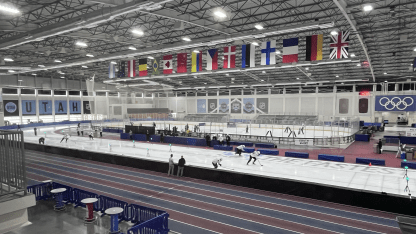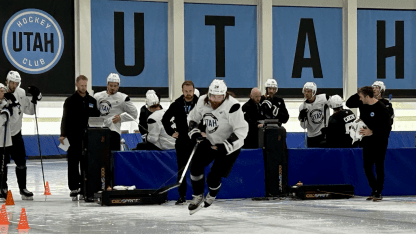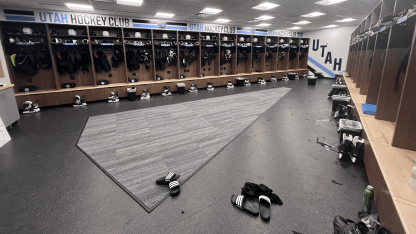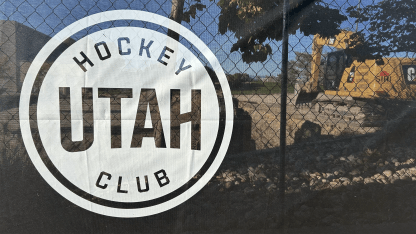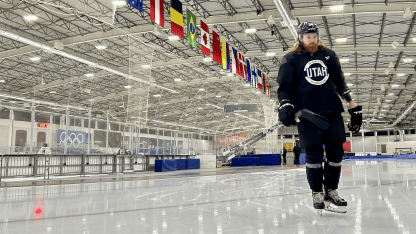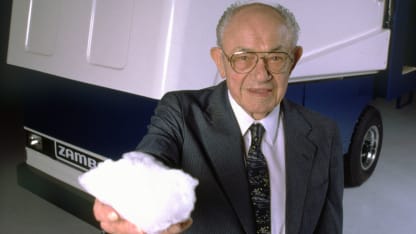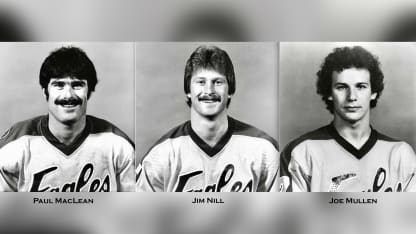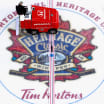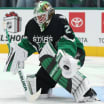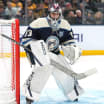The Utah Hockey Club will play its first regular-season game on Oct. 8 against the Chicago Blackhawks at Delta Center in Salt Lake City (10 p.m. ET; ESPN, ESPN+). NHL.com is counting down to the first game with a five-part series about hockey in Utah. Today, in Part 3, columnist Nicholas J. Cotsonika looks at how Utah put together a practice facility in a matter of months:
KEARNS, Utah -- The Utah Hockey Club practices in an environment unlike any other in the NHL, and the story behind it illustrates Utah’s commitment and creativity since the NHL established the new franchise April 18.
The locker room is part of a two-story, 17,400-square-foot structure Utah built in 3-1/2 months at a cost of several million dollars for the inaugural season while it broke ground on a permanent practice facility.
The structure sits in a corner inside the 275,000-square-foot Utah Olympic Oval, the long-track speed skating venue for the 2002 Salt Lake Olympics, the home of US Speedskating, and an official U.S. Olympic & Paralympic Training Site.
When the players leave the locker room, they walk on a carpet laid over a running track and skate across a 400-meter speed skating oval known as the “Fastest Ice on Earth.” Their practice rink is on an island in the middle of the oval and has been converted from Olympic size to NHL size.
The practice rink sits next to another rink used by figure skaters and short-track speed skaters. Utah Hockey Club banners hang on the walls with Olympic banners. Flags from nations around the world hang overhead.
The players see speed skaters and figure skaters training. They use the running track to warm up or work out. They even used the oval for speed testing in training camp, sprinting down the same ice that produced 10 Olympic records and eight world records in front of 53,000 fans over 14 days at the 2002 Winter Games.
“It’s a high-performance environment,” said Chris Armstrong, Utah president of hockey operations. “You feel it the minute you walk in here. There are always athletes pushing to be their personal best. That’s just a good environment to be in for any athlete.”
